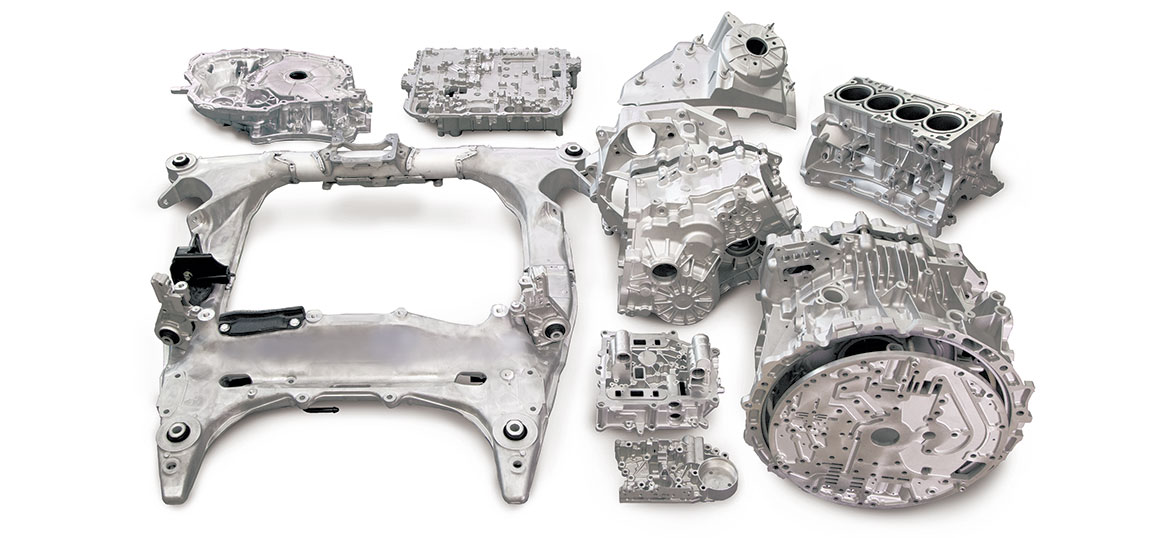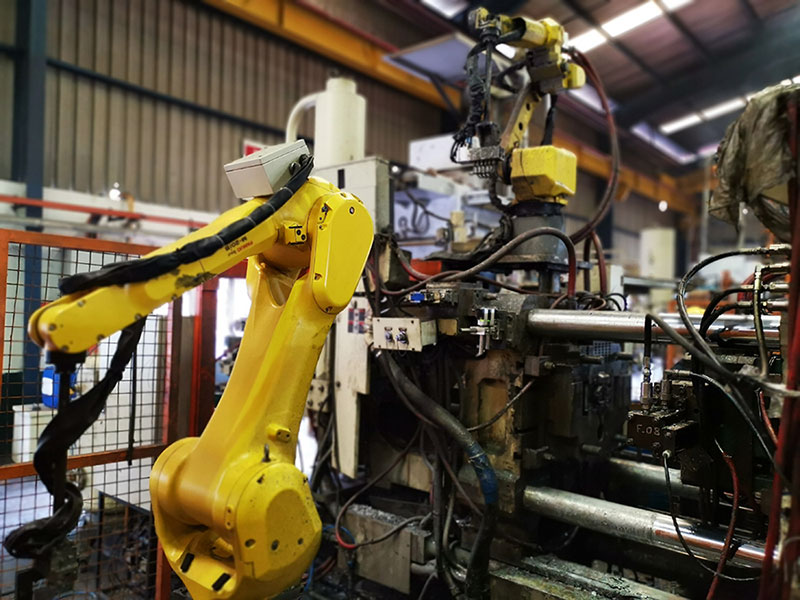The Precision Craft of Diecasting: Revolutionizing Manufacturing
The Precision Craft of Diecasting: Revolutionizing Manufacturing
Blog Article
Diecasting is an important manufacturing technique that requires forcing the molten metal to a mold cavity with intense pressure. The process is known for its ability to produce complex shapes with great precision and repeatability, making it vital in all sectors. From aerospace and automotive all the way to consumer electronics, household appliances and more diecasting plays a significant function in the creation of components that comply with strict standards of quality and performance. This article explores the intricacies of diecasting. It will also discuss the processes involved, their benefits and uses.
Diecasting begins with the creation of a mold, also known as a"die," that is typically made from reinforced steel. The die is made to withstand high temperatures and pressures used during the process. When the die is in place the molten metal, which is typically made of alloys of aluminum magnesium, zinc or copper, is heated up to the state of liquid and introduced into the mold with high pressure. The pressure remains constant until the metal has cooled, ensuring that the molten metal completely fills the mold, with intricate detail and the thin walls. When the metal has been cooled and has solidified, the mold is open, and the final part is ejected. This process allows for superior precision and consistency with the manufacture of metal components.
One of the biggest advantages of casting dies is its efficiency in mass production. When the dies are made the dies can then be utilized for the production of thousands of identical parts that are identical with little variation. The high degree of repeatability is necessary for all industries that require large volumes of uniform parts. Diecasting is also known as a material that is efficient. Diecasting produces minimal waste, as excess metal is reused in subsequent casting cycles. It not only lowers the cost of material but also promotes sustainable manufacturing by reducing waste and conserving resources. The combination of high productivity, speed of production of the material, and high efficiency make diecasting an appealing option for companies looking to improve their processes for production.
Diecasting is also a great method of producing products with exceptional mechanical properties. The rapid cooling of the molten metal through the casting process results in an extremely fine-grain design, which increases the durability and strength of the finished product. This makes diecast components particularly well-suited for projects that require reliable and high-performance. For instance, in the automotive sector Diecast components are utilized for transmissions, engines, and structural elements, where their weight-to-strength ratio is essential for safety and vehicle efficiency. Also, in the aerospace field diecast elements contribute to the development of lightweight yet robust structures, essential for improving fuel efficiency and performance. To find added details please visit
Diecasting's materials are crucial in determining the properties and the performance of the final product. Aluminum is among the most frequently used metals due to its high strength-to-weight ratio, resistance to corrosion, and excellent thermal and electrical conductivity. Zinc alloys are also very popular with their high durability, strength, as well as the capability to create parts with intricate particulars. Magnesium alloys benefit from the advantages of being the lightest structural metal, making them ideal for applications where weight reduction is critical. Copper alloys are more rare, are employed because of their excellent electrical conductivity and corrosion resistance. The choice of material depends on the requirements specific to the job, such as their mechanical properties, the environment conditions and price considerations.
Diecasting is a highly efficient and versatile manufacturing process that is integral to producing intricate metal components with the highest precision and uniformity. The ability of diecasting to produce parts that have intricate detail as well as tight tolerances and seamless surface finishes make it an indispensable tool for all fields, from automotive to aerospace to consumer electronics and more. Utilizing different types of materials further enhances the versatility of diecasting, allowing manufacturers to pick the right alloy to suit their requirements. As the technology evolves and the demand for high-quality, economical components is growing, diecasting will remain an essential element within the production process which will drive innovation and superiority in production.